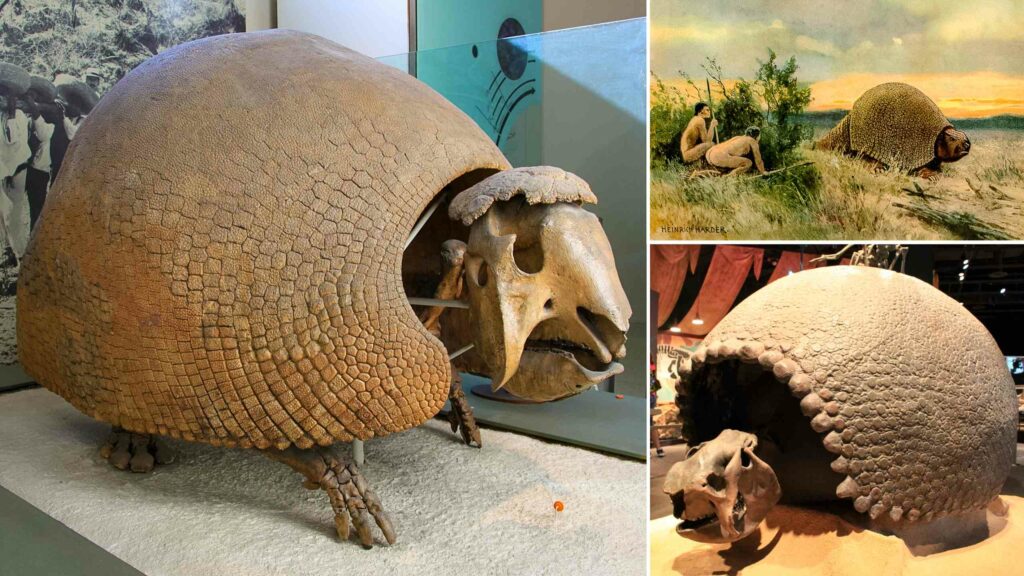
Glyptodons were large, armored mammals that grew to the size of a Volkswagen Beetle, and natives took shelter inside their gigantic shells.
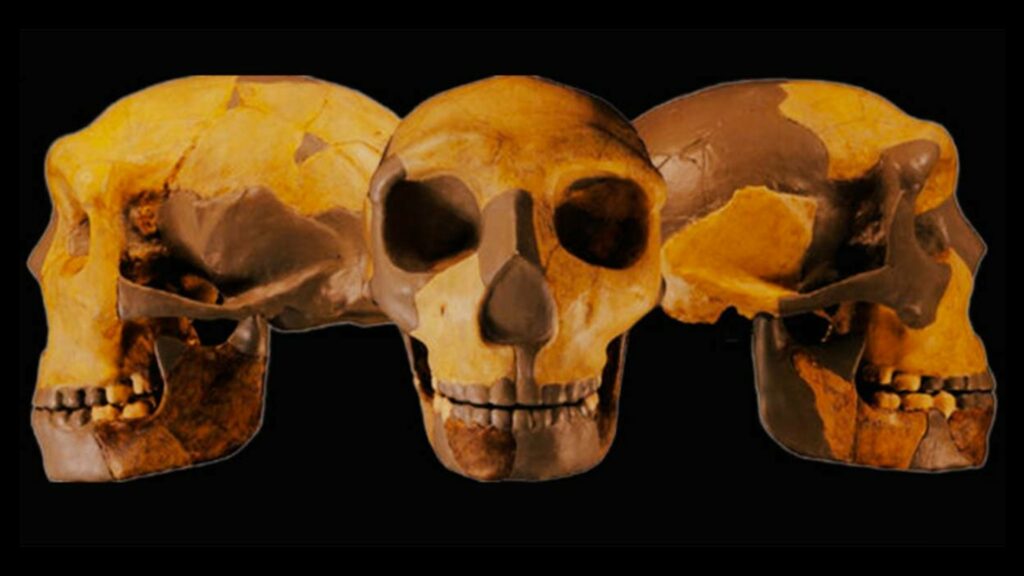
A skull unearthed in East China might indicate that there is another branch to the human family tree, scientists have revealed.
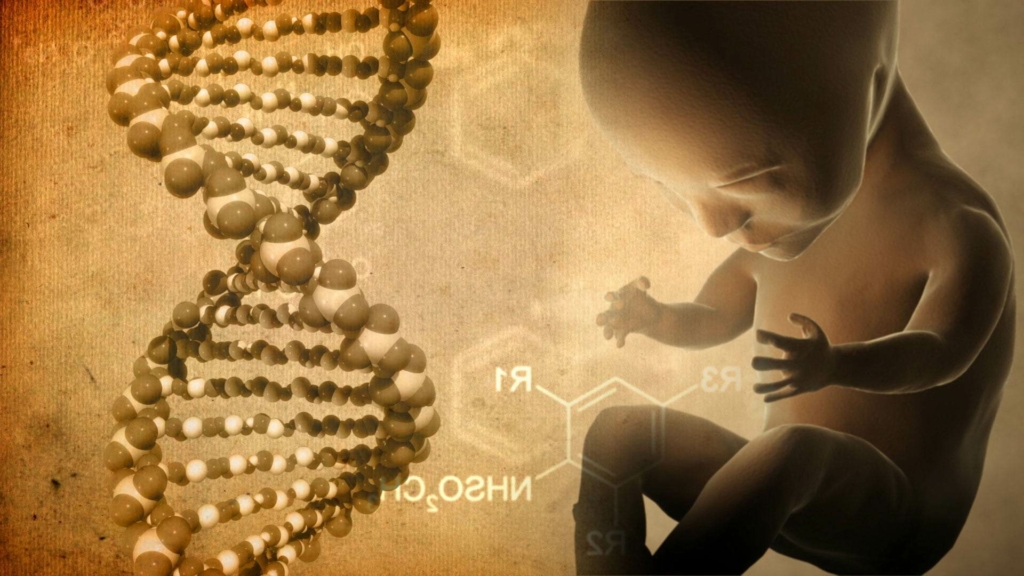
The so-called 97 percent of non-coding sequences in human DNA are nothing less than the genetic blueprint of alien life forms.
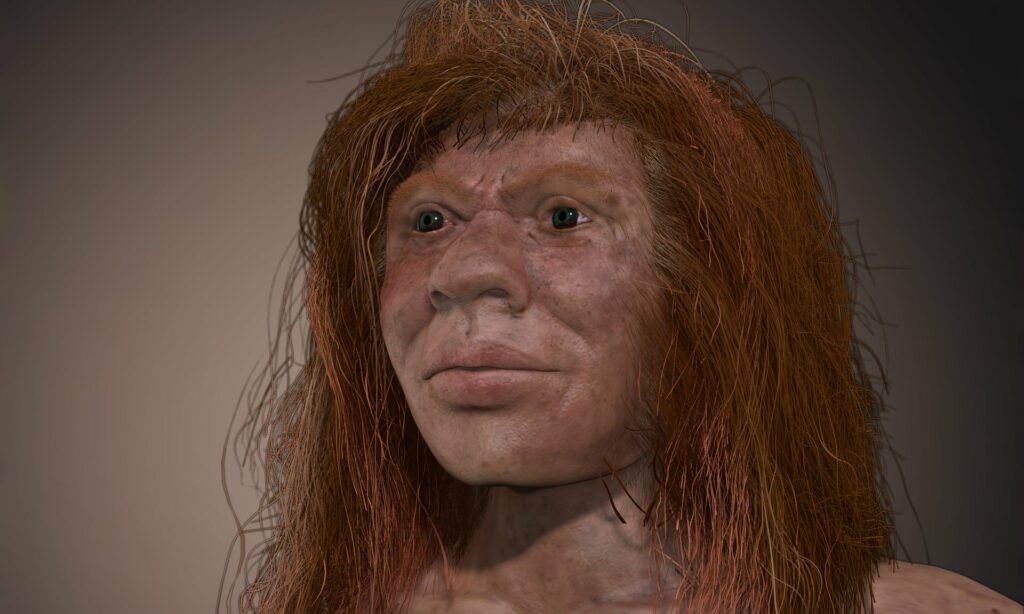
Meet Denny, the first known human hybrid, a 13-year-old girl born to a Neanderthal mother and a Denisovan father.
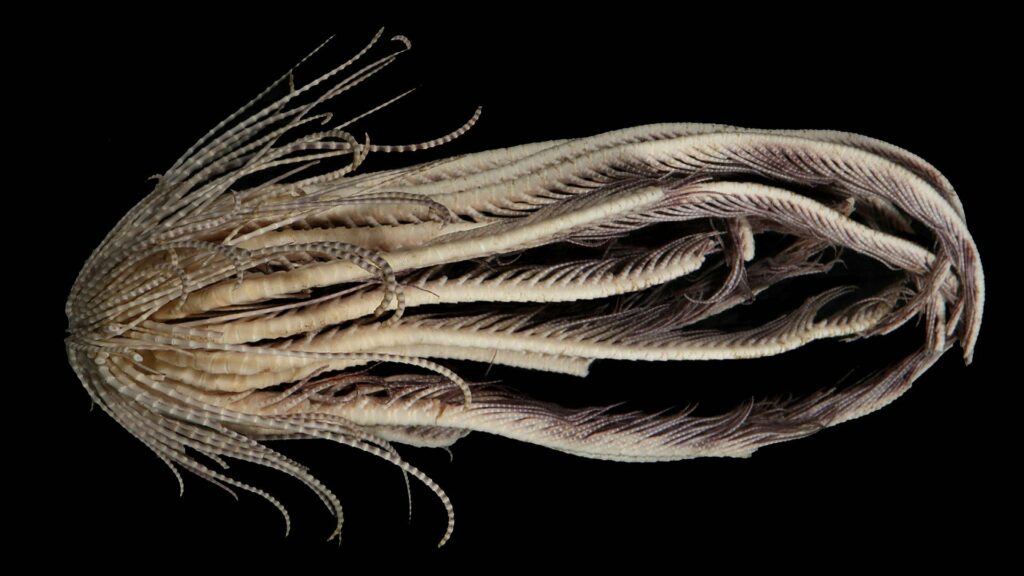
The scientific name of the species is 'Promachocrinus fragarius' and according to the study, the name Fragarius is derived from the Latin word "fragum," which means "strawberry."
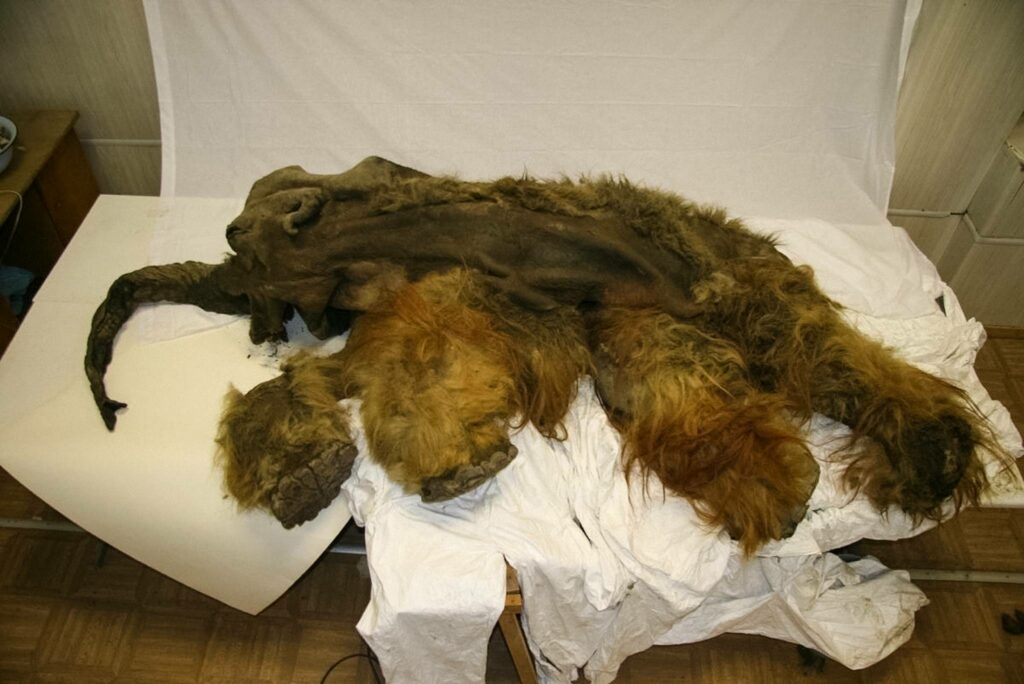
In a groundbreaking experiment, scientists successfully revived Yuka's ancient cells that were frozen for 28,000 years.
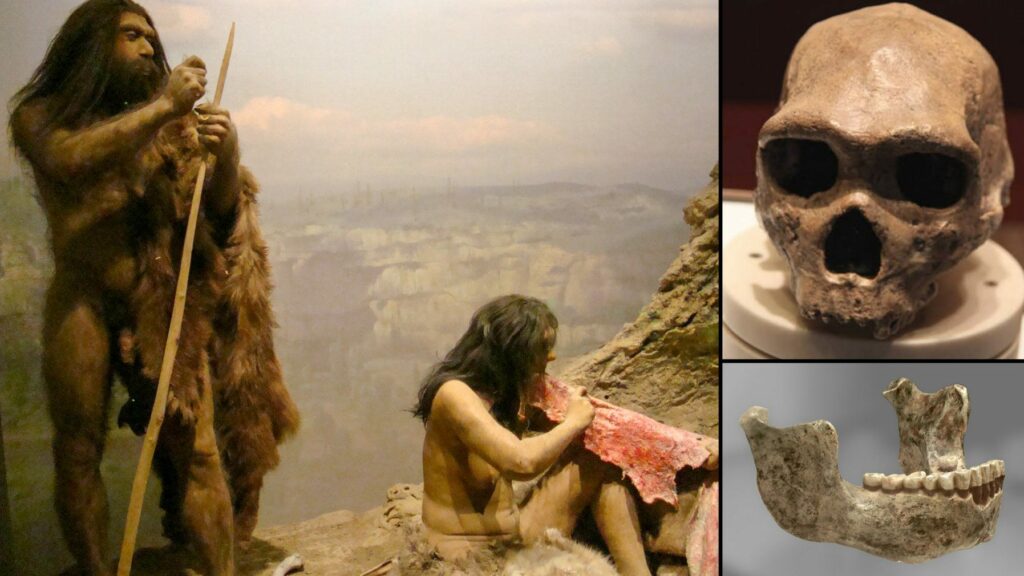
The 400,000-year-old bones contain evidence of and unknown species, has made scientists question everything they know about human evolution.

The unusual features and composition of the Starchild skull have baffled researchers and have become a subject of intense debate in the field of archeology and paranormal.
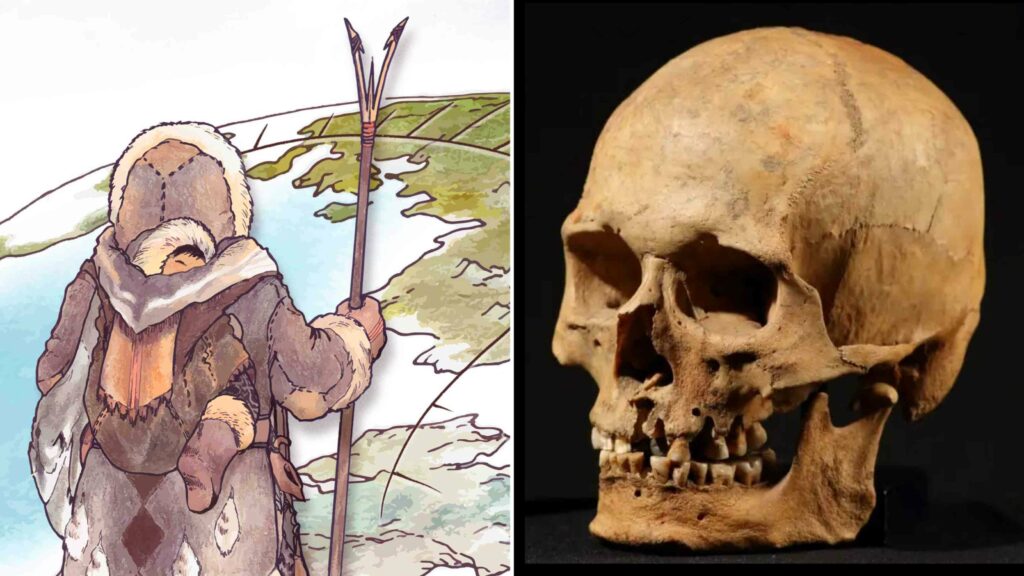
Researchers describe genomes from ten individuals up to 7,500 years old that help to show gene flow from people moving in the opposite direction from North America to North Asia.

Medics and Olivia Farnsworth's family are astonished by her rare chromosome condition, specifically a deletion on chromosome 6.










